I think we counted about 52 of them—and that was just in the first hour.
(At least that’s the number I remember. We probably lost count after a while.)
My son and I laid in reclining lawn chairs looking up at the dark night sky because it was the night of the annual Perseids meteor shower—possibly the best meteor shower of the year.
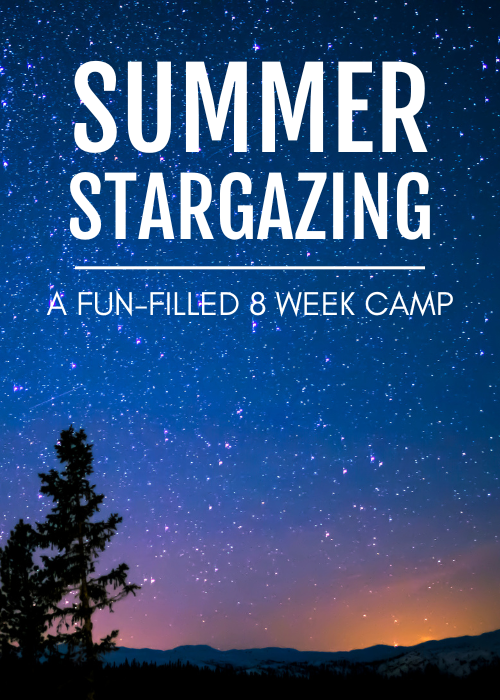
It was a warm August night. We smelled of citronella and peppermint bug spray. And I think he thought it was cool to be able to stay up late with Dad, chatting about movies, superheroes, LEGOs, and whatever else came into his 8-year-old brain.
At one point he wanted to know what meteors actually are. I explained it to him using the analogy of bug guts…
You remember when we went on our last family vacation up north? Remember driving through those swarms of gnats and mosquitos? We got streaks of bug guts all over our windshield—it took me a while to clean them off. Anyway…as the Earth is zooming around the sun, occasionally we run into a cluster of little bits of rock and ice in space—kind of like a car driving fast through a cloud of bugs. As we slam into those bits and pieces, they burn up as they hit Earth’s windshield—our atmosphere—leaving streaks of light in the sky. Every year, as we move around the sun, around the same time of year, we hit the same cluster of rocks, so every year, we know about when we’ll have a meteor shower.
My explanation seemed to click—and it’s stuck with him all these years.
Summers Are For Stargazing
I’ve become more and more convinced that summers are perfect for planned family stargazes.
- Somehow, even in our media-saturated lives, the twinkling stars still manage to captivate us—and remind us to slow down a bit.
- Stargazing gives us an excuse just to do nothing, in particular, to just sit and talk—finding time to connect.
- The stars above connect us to the past in powerful ways. Think about it: the same stars and the same constellations were seen by every generation of humanity, and every culture has used the sky as a massive Pinterest board to pin the stories of their heroes, their gods, and their folklore. Stargazing is a time for storytelling.
- When we spend time under the stars, we’re reading God’s book of general revelation to humanity. “The heavens declare the glory of God”(Psalm 19:1) showing us his eternal power and divine nature (Romans 1:20). Stargazing is a time to marvel at God.
Let Me Make it Easy for You
I’ve been teaching astronomy to kids for years—not just my own kids and our homeschool co-op. I’ve taught over a thousand kids through our online Experience Astronomy courses. I absolutely love captivating kids with a simple understanding of the sky.
So this summer I invite you and your kids to enroll in our Summer Stargazing camp. It’s an 8-week, fun-filled course for families with kids of all ages.
You’ll get weekly videos over the course of 8 weeks—short videos that will…
- Teach your family how to read the summer sky like a map—you’ll be able to easily find 10 major constellations
- Teach you what the Disney movie Moana has to do with the stars (“you’re welcome!“)
- Give your family a front-row seat to the best meteor shower of the year—when to see it, how to prepare for it, and what to look for
- What the center of our own galaxy looks like—and how to find it without a telescope
- Explore how ancient Greek heroes used the sky to navigate—and how you can do the same
- Share ancient mythological stories from China, Polynesia, Greece, and North American natives
- Give you an excuse to get outside and marvel at the sky God made!
This is a very low-key course: no telescope, binoculars, or other equipment is needed. Just you, your family, a comfortable place to sit, and a clear sky above you.
This course is for the whole family: moms, dads, teens, and little kids will all learn something and easily be able to follow along with simple, step-by-step (and entertaining) instructions.
Sign up for the virtual camp!
Once you’ve signed up, starting in mid-May, you’ll receive one video per week for 8 weeks.

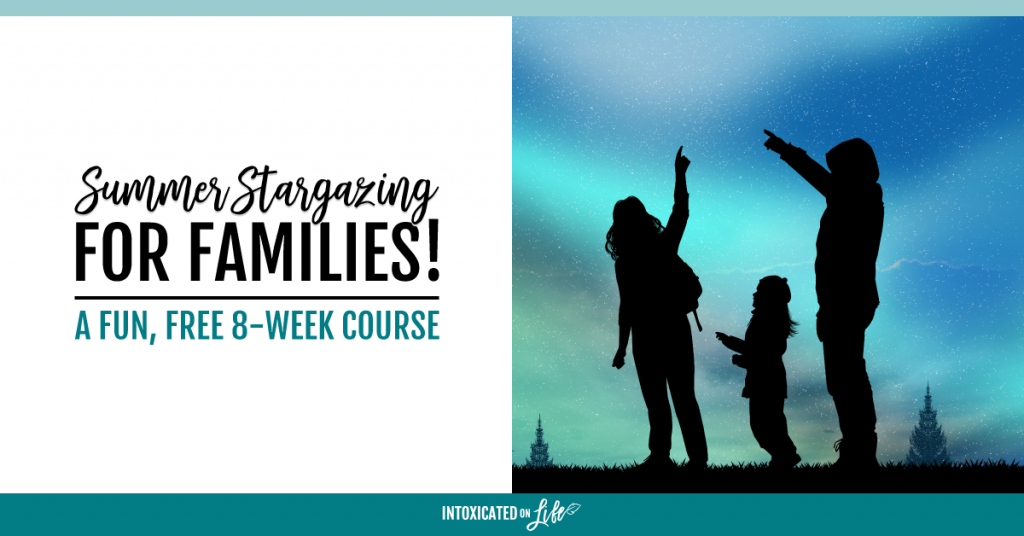




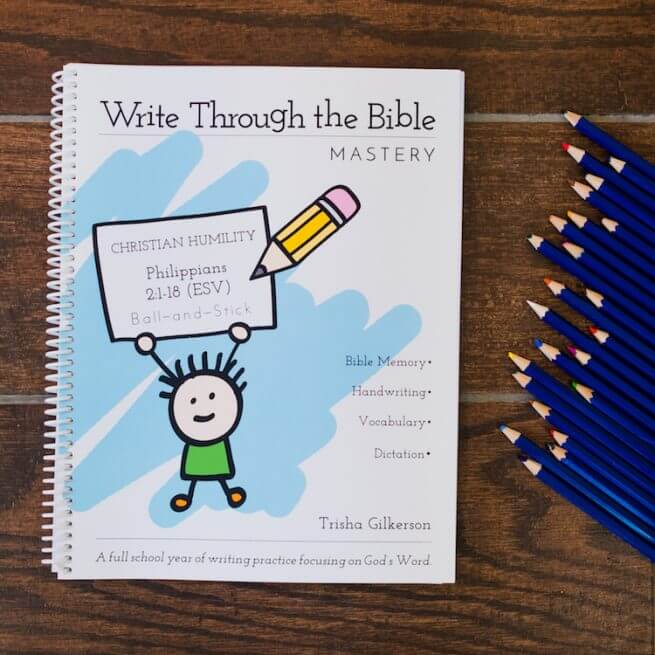
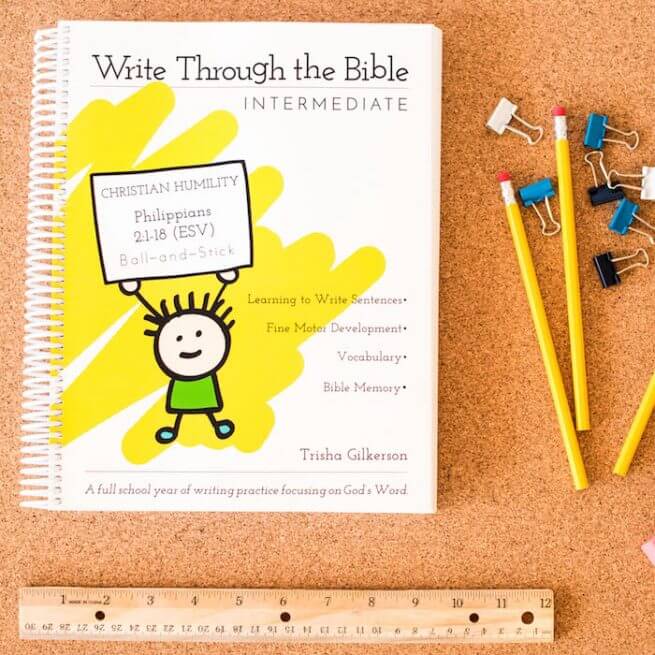
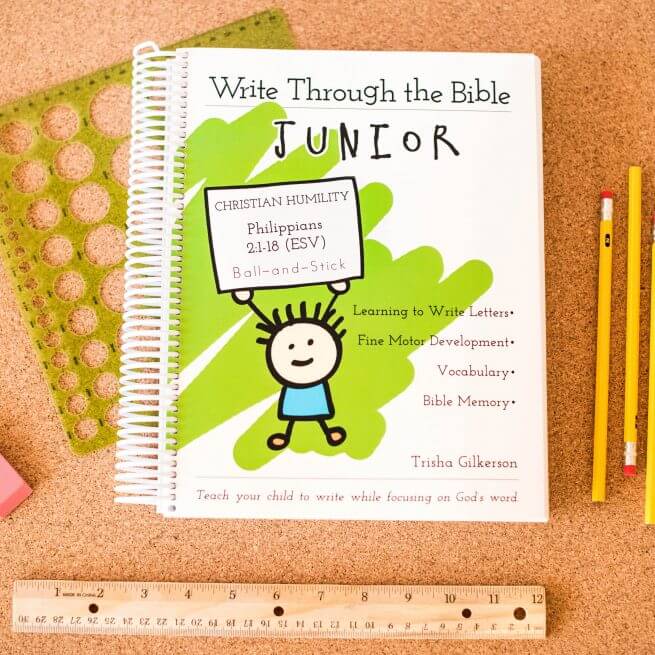
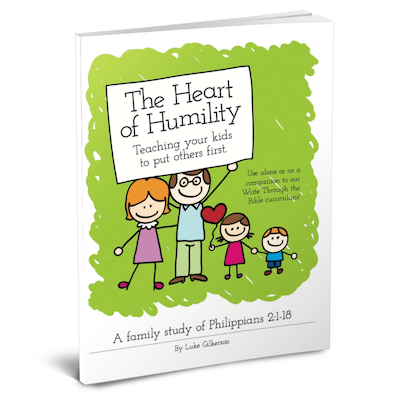

Can those of us in the southern hemisphere benefit form this course?